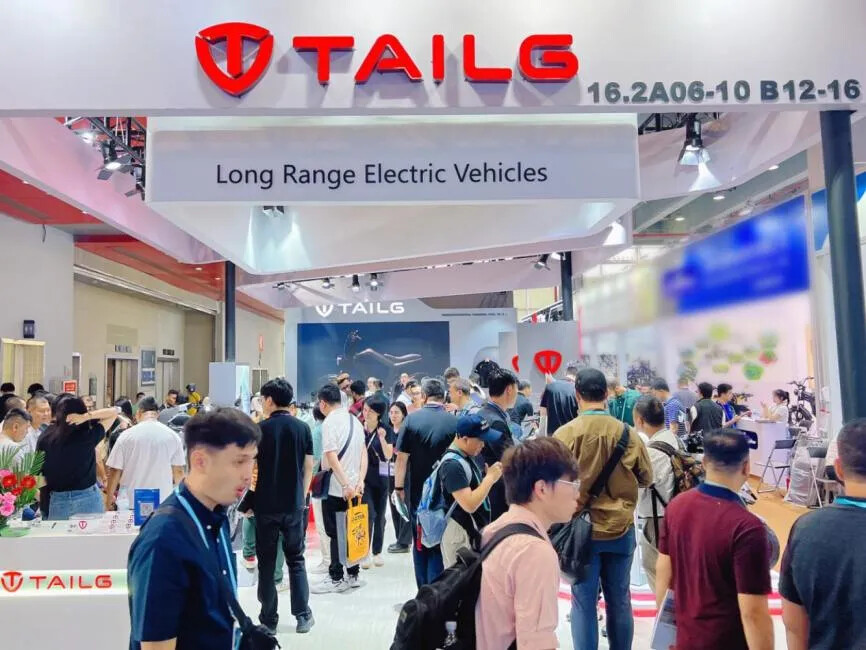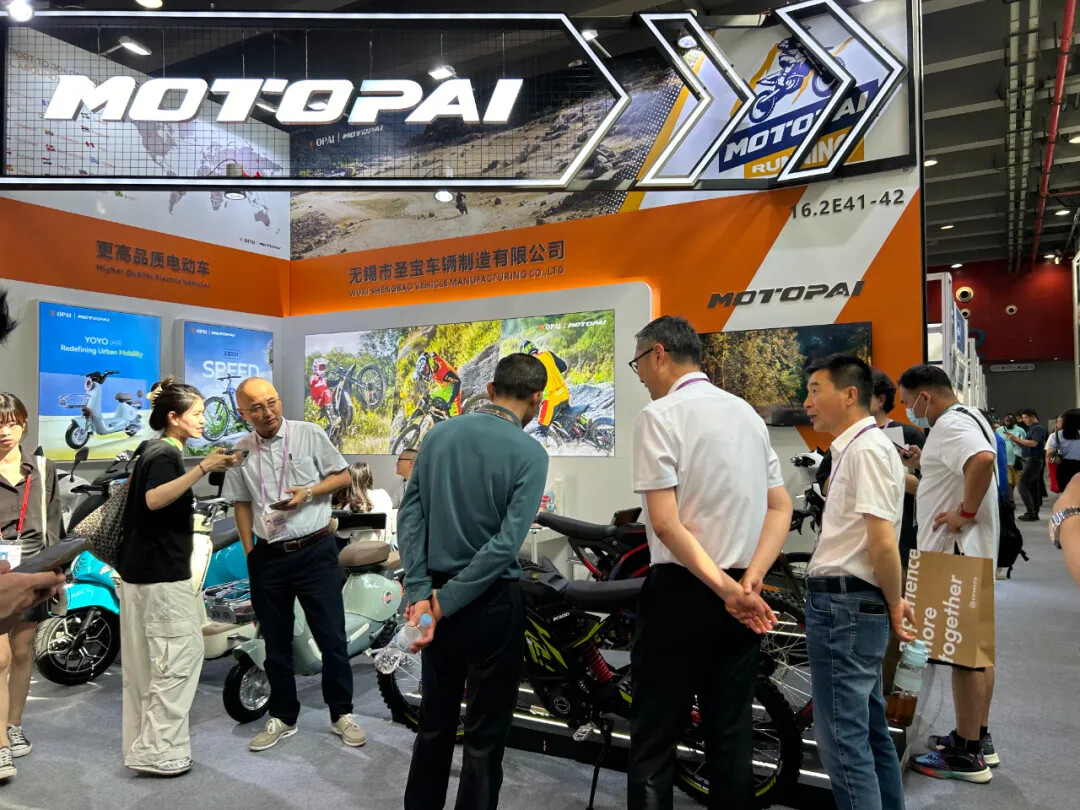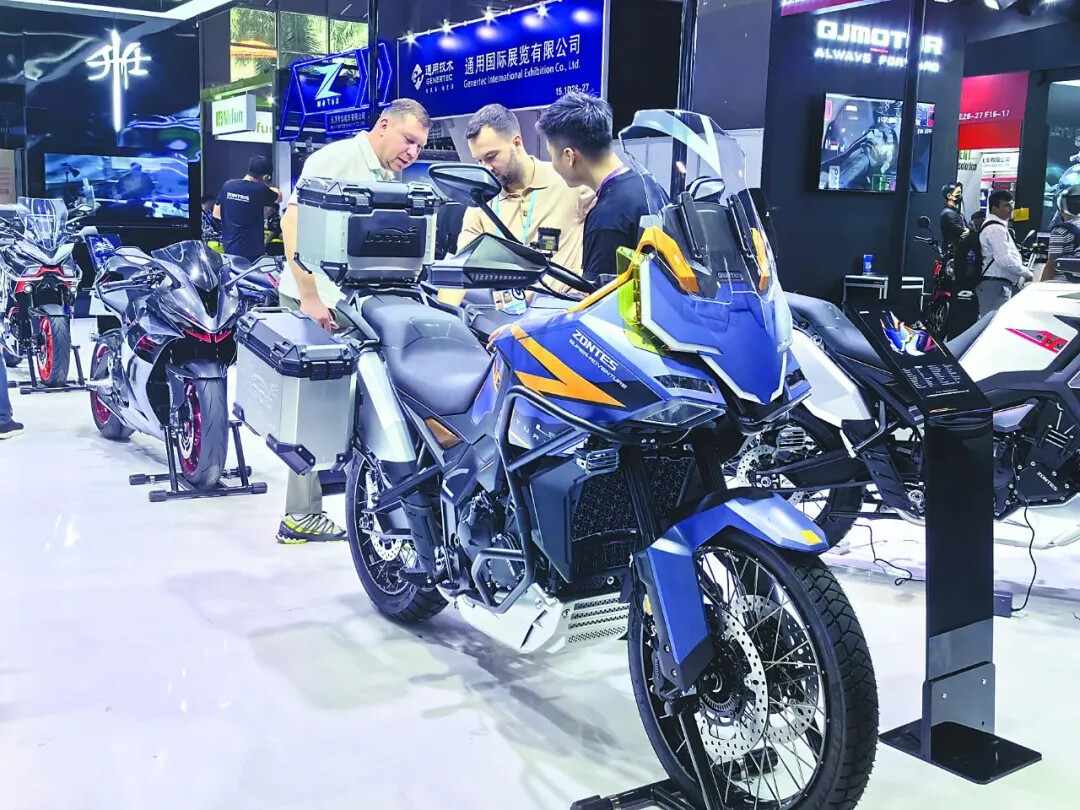Since its establishment in 1957, the Canton Fair has served as a key window into China's opening up to the world. Today, amid the rise of consumption upgrading, it has also evolved into an international platform to evaluate brand strength and product quality, widely regarded as a "barometer" and "wind vane" of China's foreign trade.
This year marks a critical juncture in the "14th Five-Year Plan". Against the backdrop of a record-high total import and export value in China's goods trade, the Canton Fair featured "Advanced Manufacturing" as its central theme, with a strong emphasis on showcasing breakthroughs in new energy vehicles, intelligent manufacturing, and other high-tech industries.

From the "old trio" of garments, home appliances, and furniture to the "new trio" of new energy vehicles, lithium batteries, and solar panels, and from OEM manufacturing to self-owned brands, changes showcased at the Canton Fair reflect the evolving landscape of China’s foreign trade. At this year's event, leading brands such as Tailg, Lvneng, OPAI, Huaihai, and Xiangyu New Energy showcased their latest two-wheeled electric vehicle products, delivering convenient and eco-friendly mobility solutions to consumers and jointly promoting the development of green transportation.


What makes global buyers flock to the Canton Fair? According to media reports, 80% of the world's two-wheeled electric vehicles are manufactured in China, 90% of the industry is based in China, and 100% of the core technologies originate in China. China, once known as the "kingdom of bicycles," has now become a powerhouse in electric two-wheelers, backed by a solid industrial foundation and robust capability to expand globally. The worldwide popularity of Chinese electric vehicles is rooted in technological innovation and uncompromising product quality.

With domestic policies tightening, product upgrades slowing, and competition heating up, China's two-wheeled EV market is losing steam. But overseas is a whole different story. Growth is booming, making going global not just a choice, but a necessity.
Recently, the European Union announced customs registration for electric vehicles imported from China, with the possibility of retroactive tariffs in the future. In contrast, Southeast Asia, with its high motorcycle ownership and emerging electrification trends, presents enormous growth potential. For example, Indonesia is accelerating its transition from fuel-powered to electric two-wheelers, creating significant market opportunities.
1. From a policy perspective, to reduce carbon emissions, the Indonesian government has launched a program to convert fuel-powered two-wheelers into electric ones. It is also implementing corporate tax reduction and subsidy policies, accelerating the construction of EV charging stations, and promoting the domestic production of nickel-based batteries.
2. From the market perspective, under the pressure of energy constraints and environmental protection, electrification has become a major trend in Southeast Asia's two-wheeler market. However, the current penetration rate of electrification remains relatively low, and the industry is still in its early stages, leaving significant room for future growth.
3. From the supply perspective, the electric motorcycle market in Southeast Asia is relatively fragmented, with no leading brand dominating the region. In contrast, China's electric two-wheeler industry has a mature supply chain and cost advantages. Although the pricing of Chinese brands overseas is generally higher than in the domestic market, it still remains lower than that of local products in overseas markets.

In the editor's view, although going global has become a trend, the key for electric two-wheeler brands to establish a firm foothold in overseas markets lies in building connections with consumers, gaining deep insights into local markets, offering customized products and services tailored to local conditions, and implementing differentiated brand marketing strategies to capture niche segments. By localizing production abroad, Chinese electric two-wheeler brands can not only gain better acceptance among local consumers but also reduce costs and improve efficiency, ultimately providing green and enjoyable mobility solutions to customers around the world.
